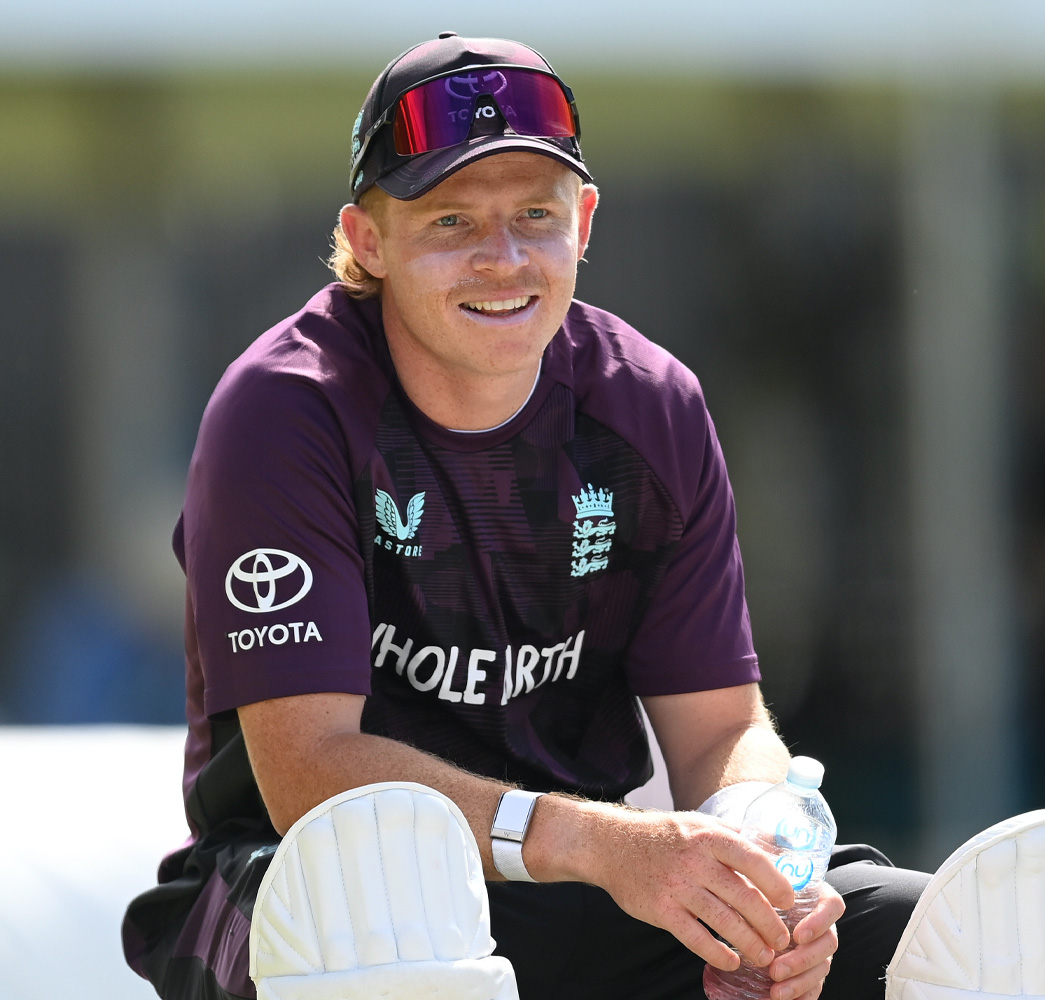'When you’ve had injuries, you realise you need to build from the small muscles up. Bands are brilliant for that.' - Liam Livingstone
Once seen as a rehab tool, resistance bands have become a mainstay in elite training.
Lightweight, versatile, and joint-friendly, they build strength, mobility, and stability in ways traditional weights can’t.
Why do bands work?
According to physiotherapist Aisling Daly, they create 'variable resistance'.
"What that means," she says, "is that the further you stretch, the harder it gets.
"That recruits stabilising muscles and mimics sport-specific tension better than fixed weights."
ATHLETE INSIGHT: LIAM LIVINGSTONE
Known for his explosive hitting, England all-rounder Liam has used bands to strengthen his shoulders after setbacks.
"When you’ve had injuries, you realise you need to build from the small muscles up," he said. "Bands are brilliant for that.
"I travel a lot and I can take them anywhere - hotel rooms, airports, wherever. It’s about staying strong in the parts of the body people don’t see."
ATHLETE INSIGHT: JACK NOWELL
Rugby’s brutal demands have made Jack creative in his training over the years.
"I’ve had to adapt loads over the years with injuries," he said. "Bands have been massive for me - in rehab, yes, but also keeping me sharp.
"You can hit every part of the body, and it feels closer to how you move in a game compared to heavy weights."
DISCOVER RESISTANCE BANDS
Read on for a resistance band workout that will help you build full-body strength:
UPPER BODY POWER
1. Band pull-aparts (shoulders, posture)
2. Overhead presses (delts, stability)
3. Rotator cuff external rotations (injury prevention)
LOWER BODY STRENGTH
1. Banded squats (glutes, quads)
2. Monster walks (hips, stability)
3. Standing leg abductions (balance, joint support)
FULL-BODY FLOW
1. Banded rows (back, arms)
2. Deadlifts with bands (glutes, hamstrings)
3. Core rotations (obliques, functional power)
TRAIN ANYWHERE
Bands fit in a backpack but can replicate a whole gym session. For athletes, that portability makes them indispensable.















.png)







